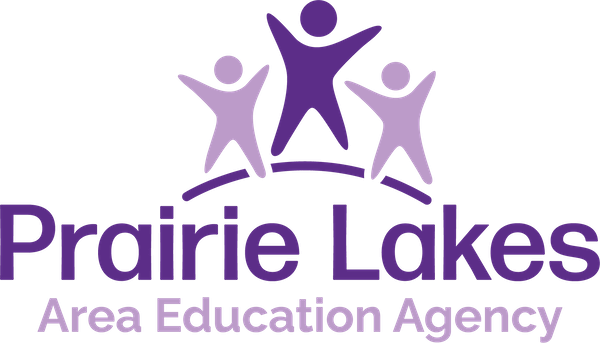Transition Parent Interviews
Transition Student Interviews
Living Resources
Learning Resources
Working Resources
Career Cluster Interest Survey
Career Transition Planning Interview
Classroom to Workplace Readiness Rating Scale
Community Based Assessment Questionnaire
Community Based Assessment Questionnaire (Print-ready PDF) .
Competitive Employment Skill Sheet
Picture Career Interest Inventory
Truity's Photo Career Quiz website
School & Community Social Skills Rating Checklist (Fillable PDF)
General Education Classroom Summary
Here is a tool to gather data from the general education classroom teachers regarding student performance and participation. The form now has a front & a backside, so hopefully, it will capture more transferrable (soft) skills that will be important for students to have as they transition to life after high school. It is a great way to gather input about the student’s work habits (those important transferrable skills) from a variety of sources to use on the IEP.
Version 1 - GOOGLE Form: This is similar to the printable one-page version on this site, but with the ease of a Google form. If you choose to use it, be sure to first SAVE A COPY for your own personal use.
Version 2 - GOOGLE Form: This form is similar to the one above, and was shared with us by Manson Northwest Webster teacher Alexandrea Hanson. f you choose to use it, be sure to first SAVE A COPY for your own personal use.
Living, Learning, Working Planning Tool
Thanks to Central Rivers AEA for sharing the Living, Learning, Working Planning Tool.
Junior/Senior Checklists
Junior/Senior Checklist: Preparing for Postsecondary Education may be helpful as students begin focusing on what's next. It an be helpful to make sure students consider the key points as they prepare to transition to college.
The Senior Checklist – World of Work is a simplified form to give students who are planning to enter the world of work.
Strengths, Interests, & Preferences Checklists
- Strengths, Interests & Preferences Checklist- a document to help students determine their own strengths, interests, and preferences. It is a conversational tool that can be used in many ways. Best practice would be to have students choose their top 3 to 5 items in each section. Or, it can be a useful talking point sheet for the teacher to use when helping the student consider what their strengths, interests & preferences are for their IEP and transition planning.
- Secondary Student Interview: Strengths, Interests, Preferences - a form with fewer options to choose from, but it can also be a good discussion starter to use with your students. The main thing is to help your students see how their strengths, interests, and preferences impact their post-secondary expectation goal areas.
- Middle School Strengths, Interests, and Preference Survey - an easy-to-use checklist that can be used to get ideas generating for your students.
Transition Planning Rubric
This rubric can be used to note where a student's skills are in the areas of living, learning, and working. It can be done in conjunction with parent, student, and teacher to compare perspectives. It can also be done by the student and teacher, or just the teacher. It's a great visual and several teachers use this with their students each year to update the progress made in each area.
